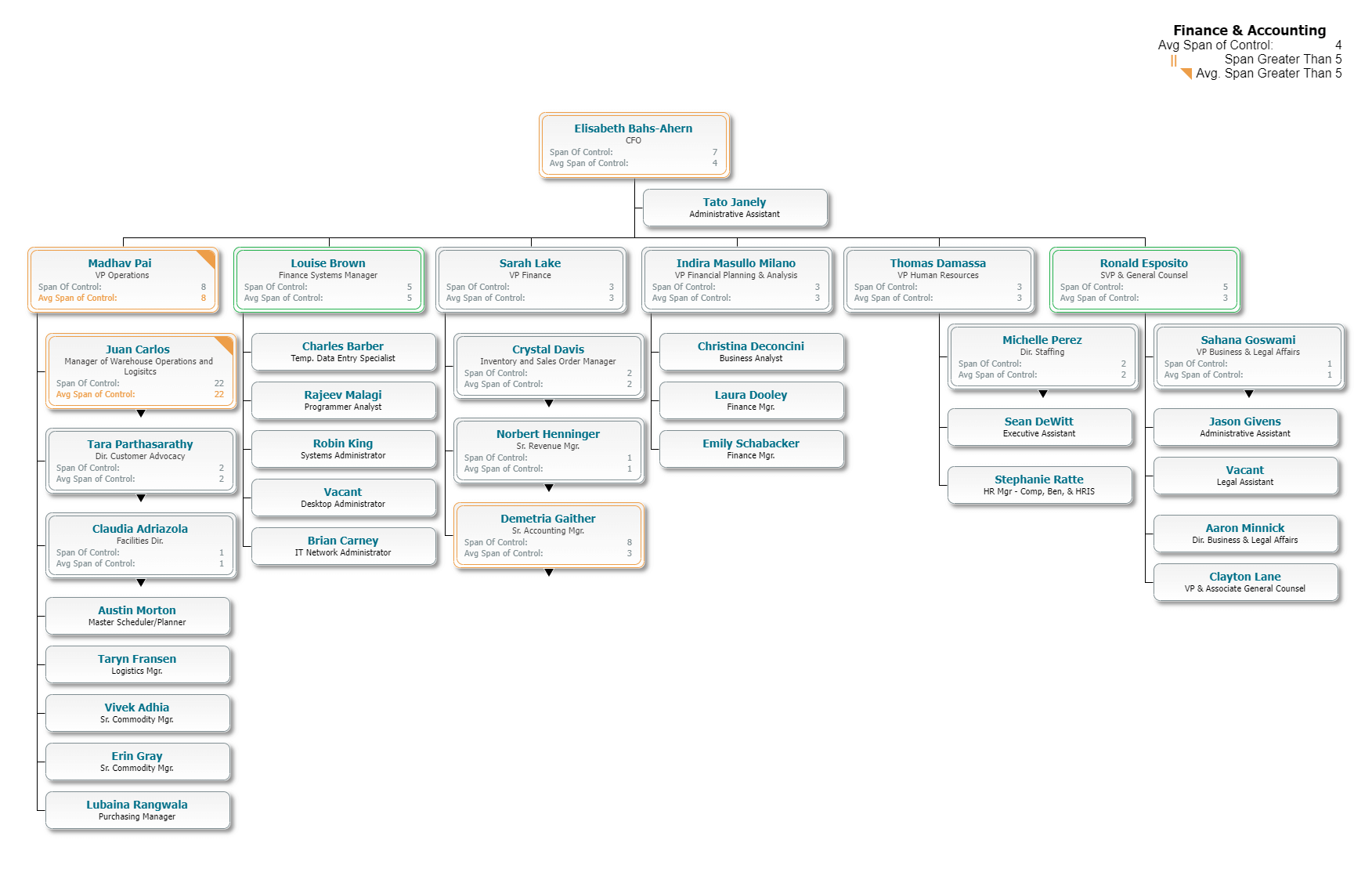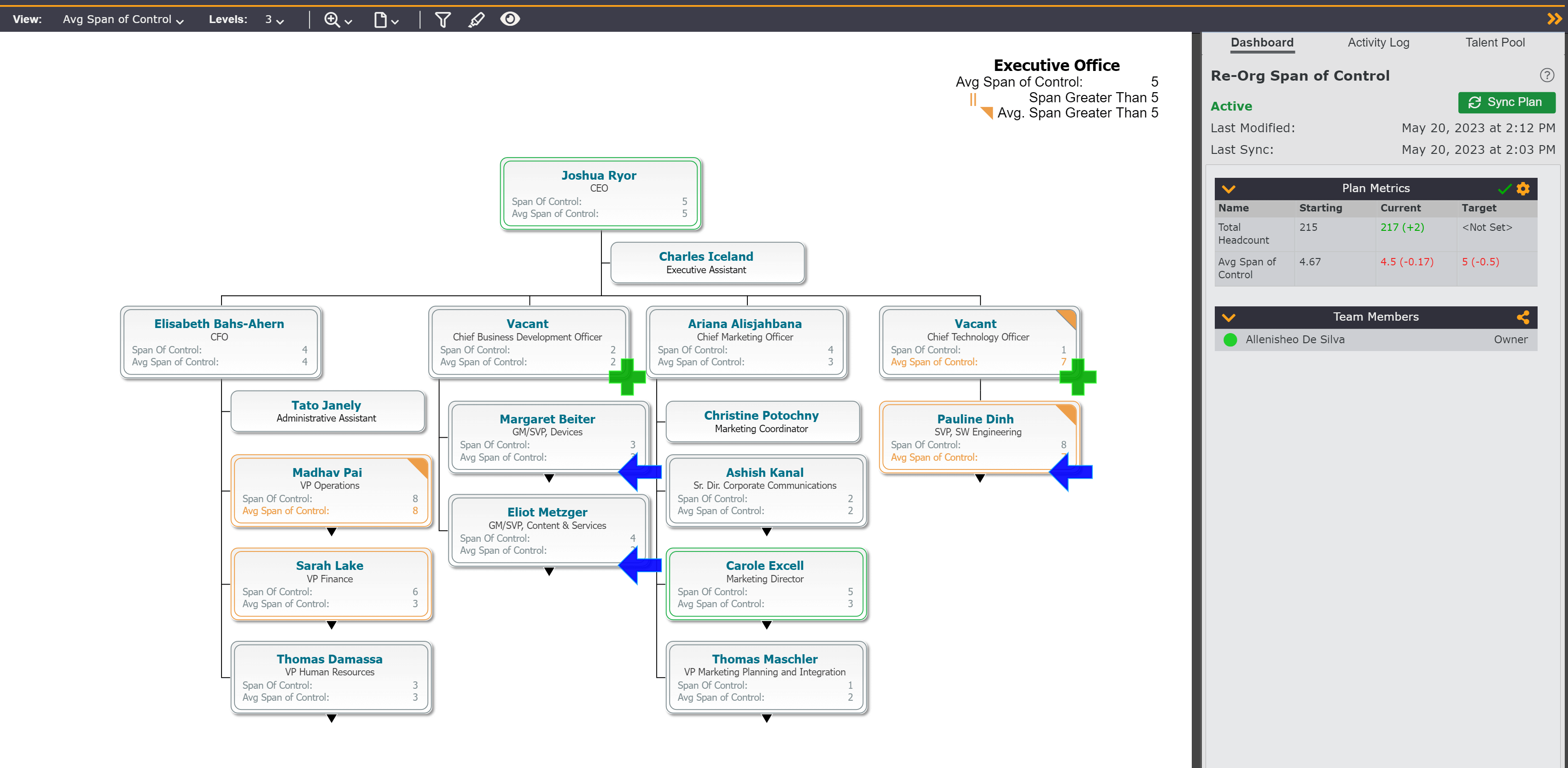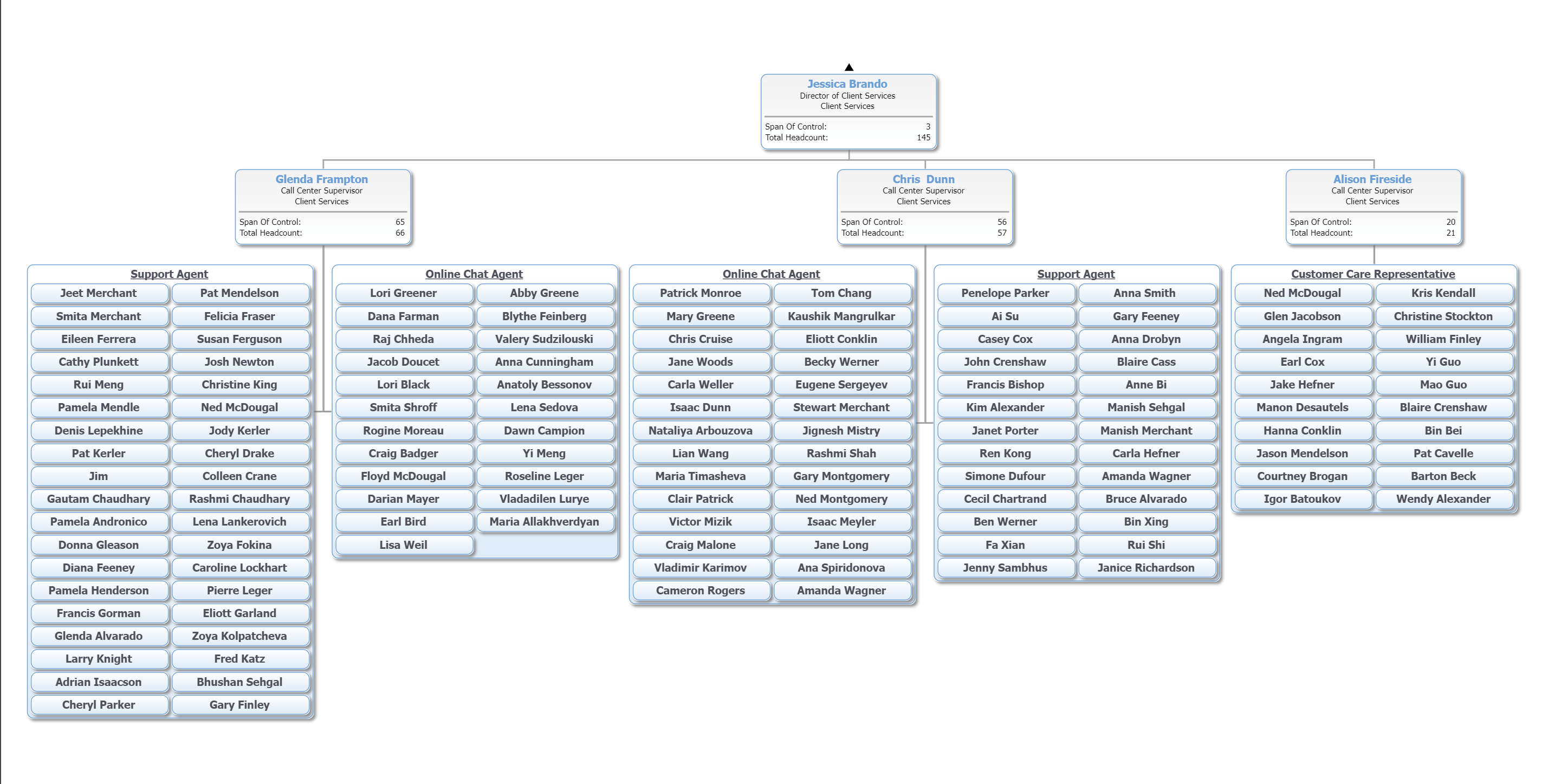December 2, 2015
7:54 PM
By Kimberlee Henry

The term “span of control” plays a pivotal role in organizational structure. This crucial concept refers to the number of subordinates that fall directly under the purview of a manager. For instance, a supervisor with five team members under her charge has a span of control of five. This metric becomes particularly significant when viewed in the entire organization, enabling informed decisions about whether managers oversee an optimal number of direct reports.

To truly comprehend the span of control, we must delve deeper and see how it fits into the overall organizational structure. You can describe the framework of an organization in terms of its width and height. The width refers to the span of control, with organizations having many direct reports being termed ‘wide’ and those with fewer being ‘narrow.’ Height indicates the number of managerial levels (sometimes called layers), with ‘tall’ organizations having numerous levels and ‘flat’ ones having fewer.
These descriptors are not value judgments; instead, they indicate different resource allocation and management strategies. You must choose strategically between a flat or tall structure to align with the organization’s objectives, the nature of the work, and the workforce’s capabilities. With OrgChart, leaders can visualize their organization’s structure, making it easier to understand the span of control and make informed decisions for structural adjustments.
Regardless of the structure, each has its unique advantages and challenges. The key is that the structure should align with the business’s needs, customer expectations, and workforce capabilities.
When determining the ideal span of control, there isn’t a universal number that fits all scenarios (see: Span of Control Calculation). Various factors come into play, including the nature of subordinates’ work and the degree of oversight each role necessitates. To illustrate, in a high-volume setting like a call center, the span of control could easily exceed 100. In contrast, executive roles that demand high levels of collaboration and interaction often operate effectively with a span of control limited to three or four. Therefore, the nature of work and the level of supervision required govern the ideal span of control, and this can’t be generalized across industries.
In an executive team structure, the span of control is typically narrower. These teams often deal with complex tasks that require high levels of collaboration, strategic decision-making, and intricate problem-solving. Consequently, a manager or executive in this setting may only have three or four direct reports to ensure that each receives attention, guidance, and support. This narrow span of control fosters a dynamic that encourages closer working relationships, greater oversight, and more personalized mentoring. With OrgChart, visualizing this narrow span of control becomes intuitive, allowing for effective management and potential adjustments to optimize workflow and productivity.

On the opposite end of the spectrum, a call center organization exemplifies a wide span of control. In this setting, a manager may oversee over 100 employees, each performing relatively standardized tasks requiring less individualized supervision. The wide span of control in this context allows for efficient operations and cost-effectiveness due to the minimized need for managerial resources. However, the challenge lies in maintaining clear communication and engagement across a large team. OrgChart facilitates understanding such wide spans of control, helping organizations balance efficiency with employee engagement for optimal performance.


As demonstrated, the structure of an organization significantly influences the span of control assigned to managers. The choice between a ‘tall’ or ‘flat’ structure should depend on the business’s nature, the customers it serves, and the workforce’s unique capabilities.
While each structure has strengths and weaknesses, visualizing and understanding your organizational structure becomes much easier with the right tool. OrgChart simplifies this process, offering a comprehensive, automated solution to model your organization.
OrgChart’s powerful visualization capabilities provide a clear picture of the span of control across your organization, enabling you to make informed decisions about resource allocation and management structures. Whether you’re dealing with a broad span of control in a flat organization or a narrow span of control in a tall one, OrgChart can help you optimize your structure for maximum efficiency.
Ready to take the leap and optimize your organization’s span of control? Start a free trial with OrgChart today, or schedule a demo with our experts to learn more. Let OrgChart guide you in creating an efficient, agile, and effective organization optimized for success in today’s competitive business environment. Request a demo today!